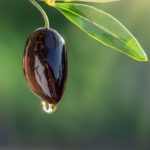Olive bacterial canker: how can we treat it?
Written by the AgriSC scientific team
One of the most widespread and severe problems in olive groves concerns the olive bacterial canker (or olive tree tuberculosis) of the olive tree.
Its main characteristic is the formation of tumors and germ tubes on tree branches and trunks. A bacterium causes this disease, and its spread depends mainly on agricultural practices during the winter and spring.
Olive tree varieties that undergo regular pruning are particularly vulnerable to this problem. Pruning, the frost period during the winter, and the relative humidity of the area play vital roles. Dense planting of olive trees can also lead to a more extensive problem.
What is the cause of the olive bacterial canker?
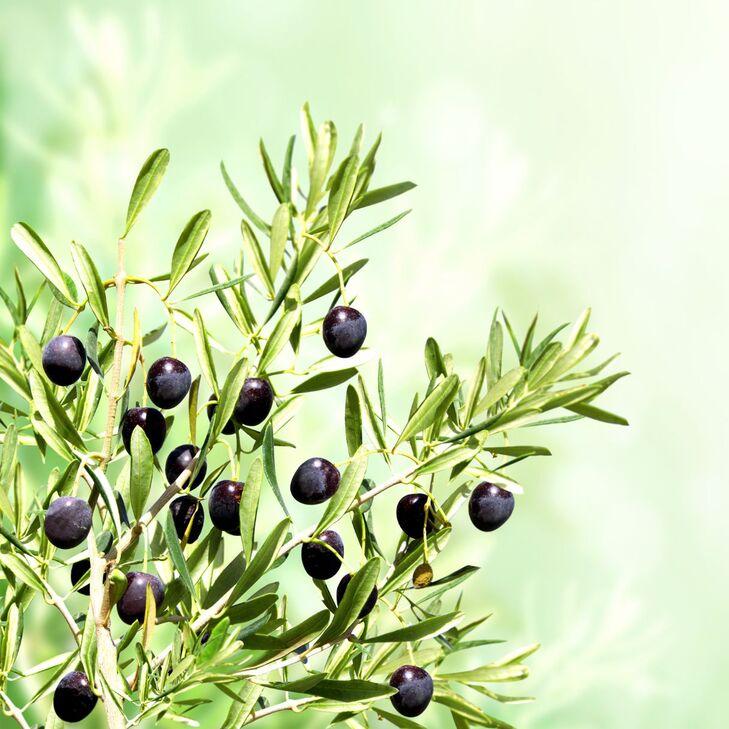
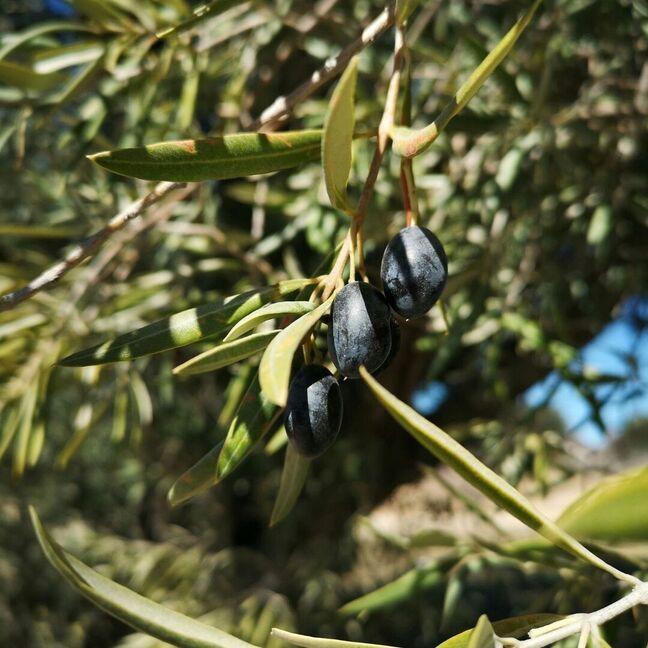
The pathogenic bacterium Pseudomonas savastanoi pv. savastanoi is what causes olive bacterial canker. This pathogen is external, i.e., it cannot enter plant tissues spontaneously, thus requiring a wound for entry.
The ability of the bacterium to transfer a gene to the genetic material of the plant cells in the bark is what causes the tumors to appear in the bark.
This gene triggers the synthesis of a growth hormone (IAA) in the cells, causing them to divide and proliferate uncontrollably, leading to tumors forming. The disease affects, proliferates, and damages the bark of trees (trunks, branches, limbs, and twigs).
How is olive bacterial canker transmitted?
Bacterial exudation released in the tumors after rainfall carries the pathogenic bacterium, which then spreads through the air, rain, and tools, infecting neighboring trees.
If pruning tools and harvesting sticks aren’t properly disinfected before use, they can spread the infection over long distances.
When the bacterium meets cuts and open wounds in the bark of healthy trees, it infects them.
How do such wounds and cuts form in the bark of trees?
As mentioned above, pruning tools and sticks can cause injuries, as can the scars caused by leaves, flowers, and fruits when they fall. In addition, natural phenomena such as hail and frost can also cause injuries to tree bark.
For wounds from pruning and other mechanical interventions, trees remain vulnerable to infection by the bacterium for at least 14 days. For scars caused naturally, such as leaf fall, trees show increased susceptibility to infection for 7 days.
This is important for defining a protection and prevention plan.
What are the obvious signs of the olive bacterial canker?
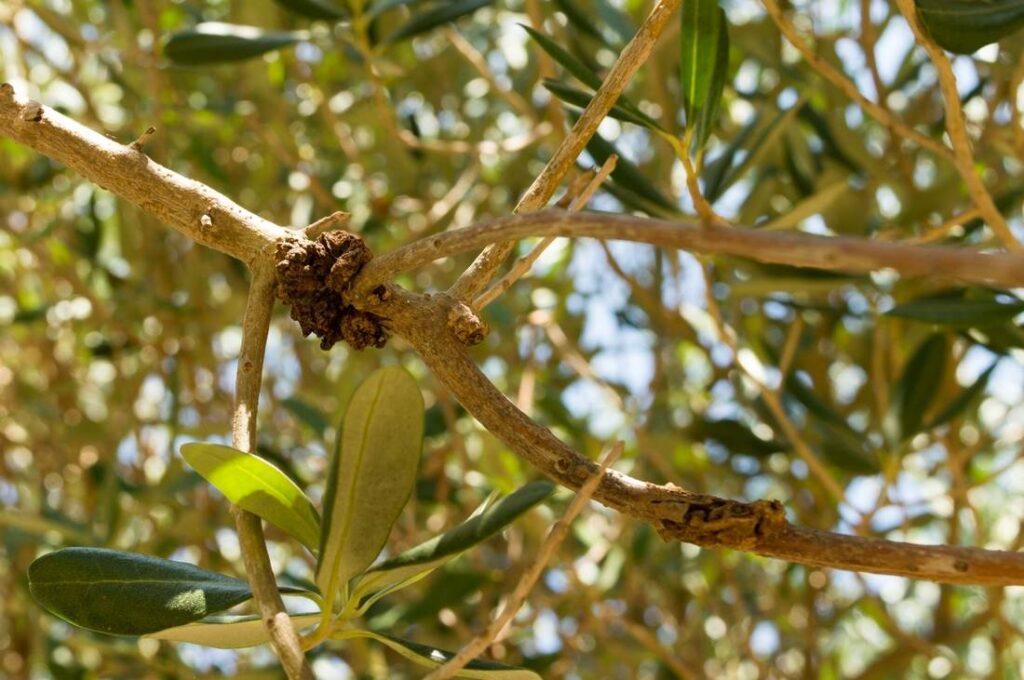

The primary and characteristic symptom of olive carcinomatosis is the presence of challenging tumors known as tubercles. These are spherical lumps, about 1 to 3 cm in diameter, that form on the bark of branches, twigs, arms, trunks of trees, and near older pruning cuts. In rare cases, such tumors appear on the roots and have a smaller diameter on the central nerves of leaves and the stem of fruits.
The small twigs enclosed by the tumors may lose their leaves and dry out. Large branches remain short in length and are severely damaged. This development leads to the tree’s weakening and reduced production.
In addition, the disease affects the quality of the fruit, reducing its size and organoleptic properties (chemical and nutritional composition, taste, etc.). The disease’s economic impact on production, fruit size, and quality makes it essential for oil producers and edible olive traders.
What factors favor the development of the olive bacterial canker?
The chances of infection are highest during the winter and spring. During winter, frost can cause cracks in trees’ bark, while hail can traumatize the tissues. Spring rains can transfer bacteria from plant exudates to neighboring trees, especially if they have been recently pruned.
Also, towards the end of spring, during heavy defoliation, trees become vulnerable to the disease. The scars from fallen leaves are a potential entry point for bacteria, especially if the trees suffer from another disease that causes defoliation, such as cycloconium. The bacteria can be carried through the vessels a few centimeters above and below the entry point, causing secondary infections on the same branch. This possibility, of course, also depends on the variety of olive trees.
Winter infections do not manifest themselves immediately, and symptoms appear later, in spring, during the vegetative growth of the trees. This may explain why we may buy trees that do not show symptoms from a nursery and later, in spring, notice the appearance of these tumors. Care must be taken when purchasing plant material when selecting susceptible cultivars.
Mitigation measures
Effective control and treatment of olive bacterial canker requires a systematic effort. The following are some suggestions for cultural and preventive measures to this end.
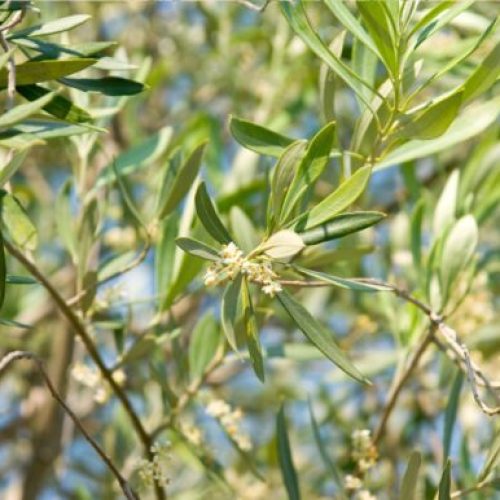
Removal of tumors
When olive trees show signs of infection, carefully use a saw to remove the tumors. Be sure to disinfect the blade before each cut to minimize the risk of spreading the infection. Alternatively, you can use pruning shears to cut away small branches that are heavily infested or at risk of drying out. Removing tumors from infected trees is crucial, even if there are only a few, as this helps prevent the spread of the disease through bacterial exudates. Ideally, perform this task during the summer (July–August) in dry, low-humidity conditions. Avoid removing tumors in the winter or spring, as unexpected rain could undermine your efforts.

Copper spraying (copper formulations)
Combine the above procedure with the application of a copper formulation to protect the cuts in the wood. Additionally, you should spray copper-based solutions after pruning and after the initial growth of new shoots, at least once in spring and once in autumn. It's advisable to spray right after the olive harvest at the end of autumn, following winter frosts, during pruning, after heavy defoliation in spring, and after removing tumors through cutting in summer. You can also smear tumor incisions with Bordo Mix, which contains copper. Avoid harvesting olives just before autumn rains to prevent complications.
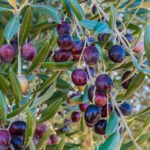
Disinfection of tools
Disinfecting the tools before and after each tree operation is necessary. Clean the blades and tool surfaces using a 10% bleach solution to eliminate bacteria and prevent disease transmission. Alternatively, you can use ethanol.
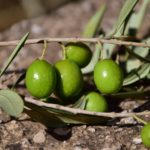
Selection of resistant varieties
According to research, table varieties such as Kalamon and Megareitiki appear slightly resistant to the disease, while Koroneiki is the most susceptible. Also, the variety Konservolia shows susceptibility to the disease.
Share the article
If you are in an agronomy business, own an agronomy shop, and are seeking a collaboration opportunity with AgriSC, fill out the form below. Our team will respond promptly!


